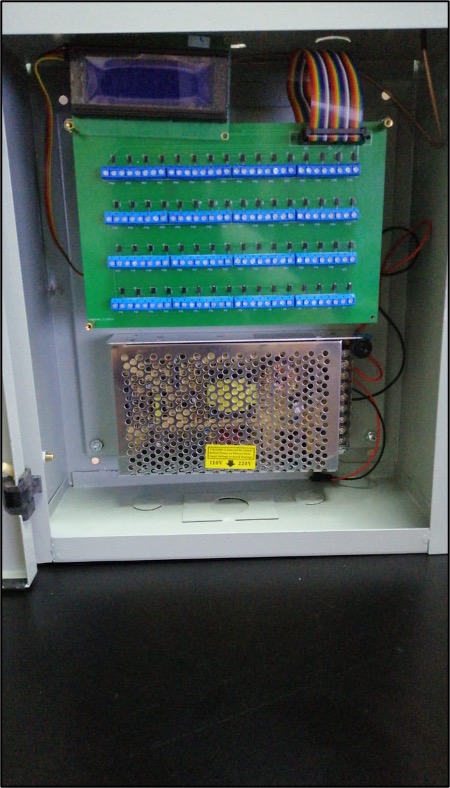FALCON is a brand new solution designed by Fireatline. Driven by clear knowledge of existing limitations and inadequacies in the existing systems, the team is very confident that FALCON will result in improvements across both response time and wastage of resources for the Fire & Rescue Services’s operations.

The new proprietary FALCON hardware will be a complete overhaul of the existing system with significant upgrades to hardware capabilities, allowing for the capture of more precise data points relevant to the incident.
This new upgrade in hardware will be supported by the latest processing technology capable of integration with important communication protocols such as Modbus, BMS/BAS, NBIOT, MOTT, LoRA, and more to enable a wide array of additional features.

As a result, FALCON will be able to collect detailed information regarding the alarm trigger (based on Fire & Rescue’s requirements and capability of the affected building’s primary fire alarm panel). Of special note will be the type of alarm being triggered. Such as but not limited to:
- Manual Break Glass Trigger;
- Fire Sprinkler;
- Smoke Alarm;
- Heat Alarm;
- Toxic Gas Detector;
- Infrared Heat Detector

FALCON Mobile & Web Application
One major improvement of FALCON is a mobile & web application that is designed for use for both Fire & Rescue Department and trained building management personnel in order to provide the latest technological advantage of confronting emergency situations.
The mobile application is designed to provide the necessary response and information needed by both the Fire & Rescue personnel and Building Management while attending to an emergency.
A summary of critical information will also be available for viewing when this initial alert is triggered to include the following items in order to help the building management’s personnel correctly ascertain the veracity of the triggered alarm :
- Location
- Alarm Type
The same initial alert and summary will also be sent to the nearest fire station to allow for the fire officers to standby and prepare for circumstances where the alarm is verified to be true and an emergency response becomes necessary.
FALCON: Summary Of Benefits
In summary, the various upgrades and overhauls to both hardware and software components to the existing systems shall furnish the Fire & Rescue Department with the following benefits:
- Zero cost. All services will be hosted and maintained by FaL and paid for by the building management as part of their fire certification. Fire & Rescue Services will save on having to worry about costs pertaining to:
- Software IT and tech maintenance;
- Hardware on-site maintenance;
- Database and server backup and uptime maintenance;
- Physical and digital security.
- Improved false alarm mechanisms. Having the building personnel being responsible for verifying if the alarm triggered is valid or not will greatly reduce the burden of false alarms wasting precious response time that may be needed elsewhere in real emergencies.
- Double Knock System. Removes the need for human intervention when more than 1 alarm is triggered, thereby decreasing the potential for human error while enhancing response time.
- Improved quantity and quality of data points. The new FALCON hardware allows for the capture of a more precise and diverse set of information, allowing the response team to better know what to expect and plan in advance.
- Improved accessibility. The new FALCON software allows for the response team to access vital information using more convenient devices such as smartphones of which possession is basically staple in modern society. Fire officers will no longer have to boot up a computer or tablet; just pull out their phones and get right to business.
- Improved operational efficacy. The response team will now have digital access to crucial information that they previously had to spend precious time manually investigating for. The digitization and automation of these data points will also help mitigate errors which may otherwise occur (e.g. wrong address, wrong plan, etc), that can cause catastrophic consequences.
- Floor plans
- Fire hydrant positioning
- GPS navigation
- Instantaneous alert. Once the alarm has been verified, fire stations and central command will be alerted immediately with no delays using the latest push notification technology.
- Live updates. While a case and operation is ongoing, live updates will provide the Fire & Rescue with timely feedback on the severity and scale of the situation to help ensure sufficient resources and manpower will be dispatched to deal with the emergency.
- Analytics. Vital statistical data will be provided to the Fire & Rescue to help form well informed strategic decisions and address issues that may otherwise not be visible.
- Scalability. Upgrades can be made if desired or necessary based on future needs.

